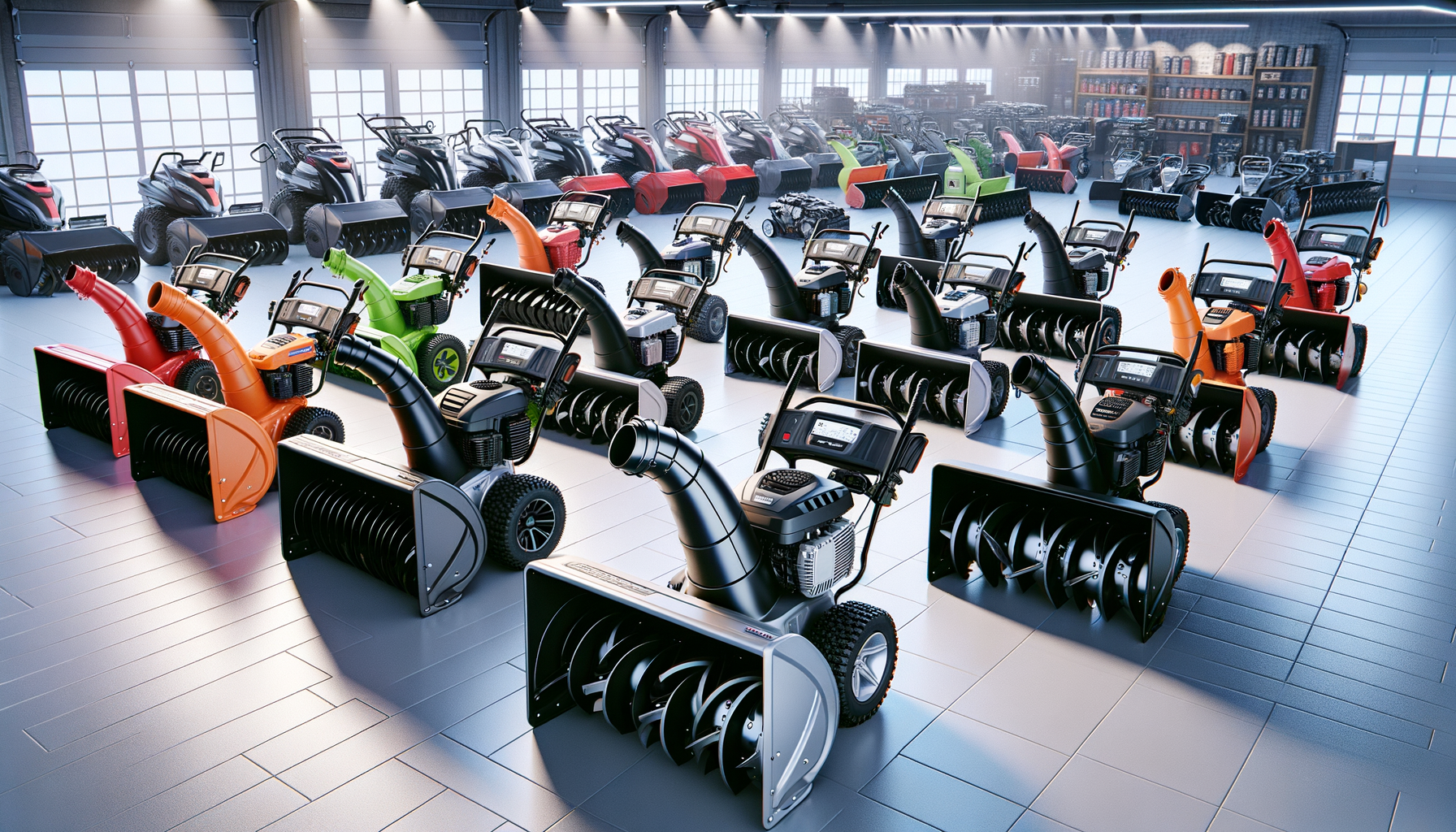Understanding Snow Blower Types
When venturing into the snow blower market, the first step is understanding the different types available. Snow blowers generally fall into three categories: single-stage, two-stage, and three-stage models. Each type is designed to handle varying snow conditions and volumes.
Single-stage snow blowers are lightweight and easy to maneuver, making them suitable for smaller driveways and sidewalks. They are equipped with an auger that scoops and throws snow in one motion. However, they may struggle with deep, heavy snow.
Two-stage snow blowers are more robust, featuring both an auger and an impeller. This design allows them to handle heavier snowfalls and larger areas. They can also throw snow farther than single-stage models, making them ideal for larger properties.
Three-stage snow blowers are the powerhouses of snow removal. They include an accelerator that speeds up the snow-clearing process, making them efficient for the most demanding conditions. These models are best suited for areas with frequent, heavy snowfalls.
Key Features to Consider
When selecting a snow blower, several key features can enhance the machine’s performance and your overall experience. Consider the clearing width, which determines how much snow the blower can remove in one pass. Wider clearing widths are beneficial for larger areas but may be cumbersome in tight spaces.
Another important feature is the power source. Snow blowers can be powered by gas or electricity. Gas models offer greater mobility and power, making them suitable for larger properties. Electric models, on the other hand, are quieter and require less maintenance, ideal for smaller areas.
Additional features such as heated handles, headlights, and self-propelled drives can significantly improve comfort and ease of use, especially during long snow-clearing sessions. It’s essential to weigh these features against your specific needs and budget.
Evaluating Performance and Durability
Performance and durability are critical factors in choosing a snow blower that will last through many winters. The engine size and type, typically measured in cubic centimeters (cc) for gas models, can give you an idea of the machine’s power and efficiency.
Durability is often determined by the materials used in the construction of the snow blower. Look for models with heavy-duty steel augers and chutes, as these components are frequently exposed to wear and tear. Additionally, check for reliable brand warranties that can provide peace of mind.
Reading customer reviews and expert ratings can also offer insights into the real-world performance of different models. Consider the experiences of others to gauge how a particular snow blower might perform in your specific environment.
Budgeting for Your Snow Blower
Budgeting is a crucial part of the snow blower purchasing process. Prices can vary widely based on the type, features, and brand. Single-stage models are generally the most affordable, while three-stage models can be a significant investment.
Consider the total cost of ownership, including maintenance and potential repairs. Gas models may require more upkeep than electric ones, which could influence your decision based on long-term costs.
It’s wise to set a budget range that allows for some flexibility. This approach enables you to prioritize essential features while remaining open to models that offer exceptional value or performance.
Finding the Right Fit for Your Needs
Ultimately, the right snow blower for you will depend on your specific needs and circumstances. Consider the size of the area you need to clear, the typical snow conditions in your region, and any personal preferences you might have.
For those with small driveways and light snowfall, a single-stage electric model might be sufficient. Conversely, if you face heavy snowfalls and have a large area to clear, investing in a robust two-stage or three-stage gas model would be more appropriate.
Take the time to assess your priorities and do thorough research. By understanding the various options and features available, you can make an informed decision that will keep your property clear and safe throughout the winter months.




Leave a Reply